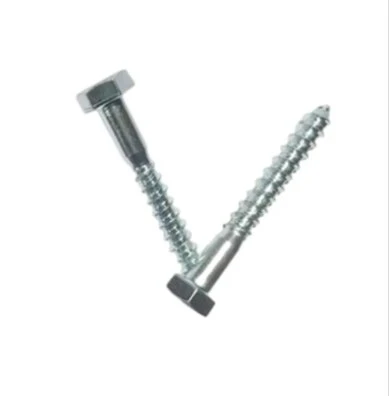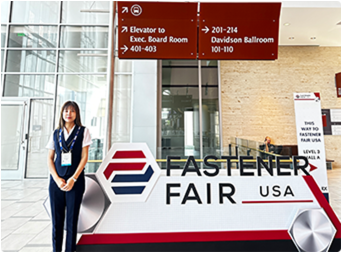Jan . 06, 2025 11:22 Back to list
anchor bolt price
Navigating the Anchor Bolt Market An Expert's Guide to Understanding Pricing

Anchor bolts serve as a critical component in construction and engineering, providing essential support and stability to structures. These indispensable items come in a variety of types and sizes, tailored to fit diverse applications ranging from residential projects to massive industrial complexes. For businesses and professionals diving into this market, understanding the pricing of anchor bolts is crucial for both budgeting and ensuring project success.
Firstly, the composition material significantly influences the price of anchor bolts. The most common materials are carbon steel, stainless steel, and alloy steel, each offering different levels of strength, corrosion resistance, and durability. Carbon steel anchor bolts are typically the most economical option, suitable for indoor applications where environmental exposure is minimal. Stainless steel bolts, on the other hand, are priced higher due to their superior resistance to rust and extreme conditions, making them ideal for outdoor projects or marine environments. Alloy steel bolts sit somewhere in between, providing enhanced strength suitable for heavy-load applications while being moderately priced.

The manufacturing process also plays a pivotal role in determining the cost. Standardized, mass-produced anchor bolts are generally less expensive, benefiting from economies of scale. However, custom-made bolts, designed for specific dimensions and load requirements, come with a premium price tag. These bespoke solutions, although costly, are invaluable for projects demanding high precision and unique specifications.
anchor bolt price
Another factor impacting anchor bolt prices is the coating or finish used. Uncoated bolts are cheaper but susceptible to environmental damage, potentially compromising structural integrity over time. Galvanized or PVC-coated bolts, although more expensive, offer extended protection against weathering and wear, thus enhancing the longevity of a project and reducing maintenance costs in the long run. Investing in higher-quality coated options often proves cost-effective, particularly in climates with harsh weather conditions.
Market conditions and supply chain factors should not be overlooked when assessing anchor bolt pricing. Raw material availability, labor costs, and logistical aspects can fluctuate due to global economic shifts, directly affecting prices. Professionals in the field must stay attuned to these trends, adapting purchasing strategies to mitigate financial impact. Bulk buying during periods of favorable pricing or establishing strong supplier relationships can lead to significant cost savings.
Installation needs and associated costs also deserve consideration. The complexity of a project might necessitate specific installation tools or professional expertise, adding to the overall expenditure. For instance, projects requiring deep foundation work might involve higher labor costs due to the technical skill and time investment necessary. Thus, it's vital for decision-makers to account for these hidden costs in their budgeting.
In conclusion, the price of anchor bolts cannot be viewed in isolation. For industry professionals, a nuanced understanding of material choice, manufacturing processes, market dynamics, and installation considerations is essential. By leveraging expert knowledge and monitoring market trends, businesses can make informed purchasing decisions that align with both budgetary constraints and project demands, ensuring structural integrity and long-term success. Employing a strategic approach to anchor bolt procurement thus not only preserves financial health but also enhances the quality and reliability of engineering and construction projects.


